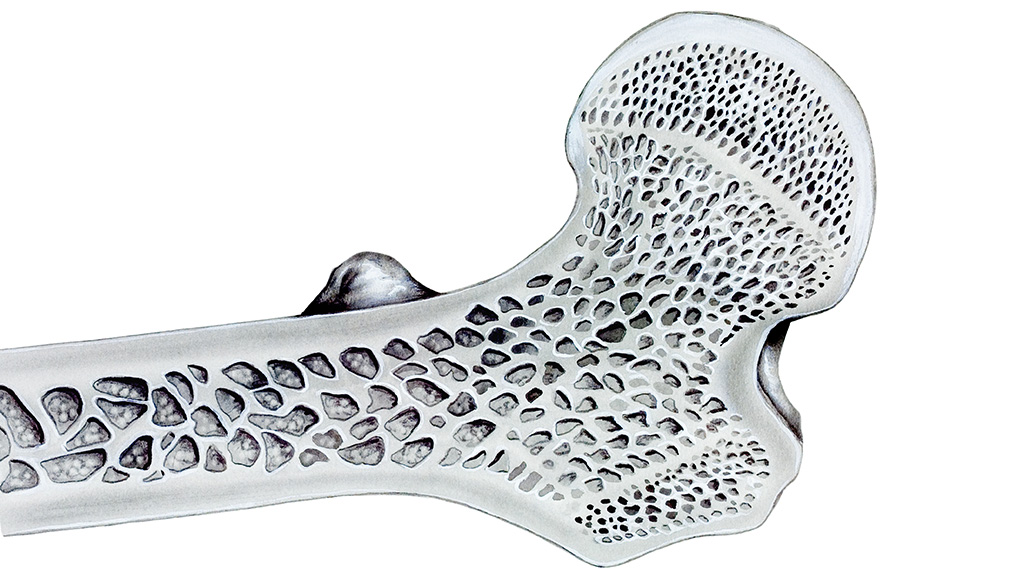Abstract
This case study is designed to introduce students to how the bone’s architecture influences movement and the roles cells play in bone growth and repair. It tells the story of “Maria,” an active 68-year-old woman who works on a farm. Over the last five years, Maria has experienced pain in her wrist and knee joints and has used a nonsteroidal anti-inflammatory drug (ibuprofen) to deal with the pain. In the course of cleaning her home in preparation for a visit from her grandchildren, she falls and breaks a bone in three places. After reading the short case scenario and relevant journal articles, students are asked a series of questions designed to teach facts about bone anatomy, physiology and pathology underlying the patient’s condition. This case study was designed for use in both freshman-level and advanced-level courses in human anatomy and physiology. It could also be used for a biology pathology course. Before starting the case, students should have a basic understanding of the anatomy and physiology of bones.



